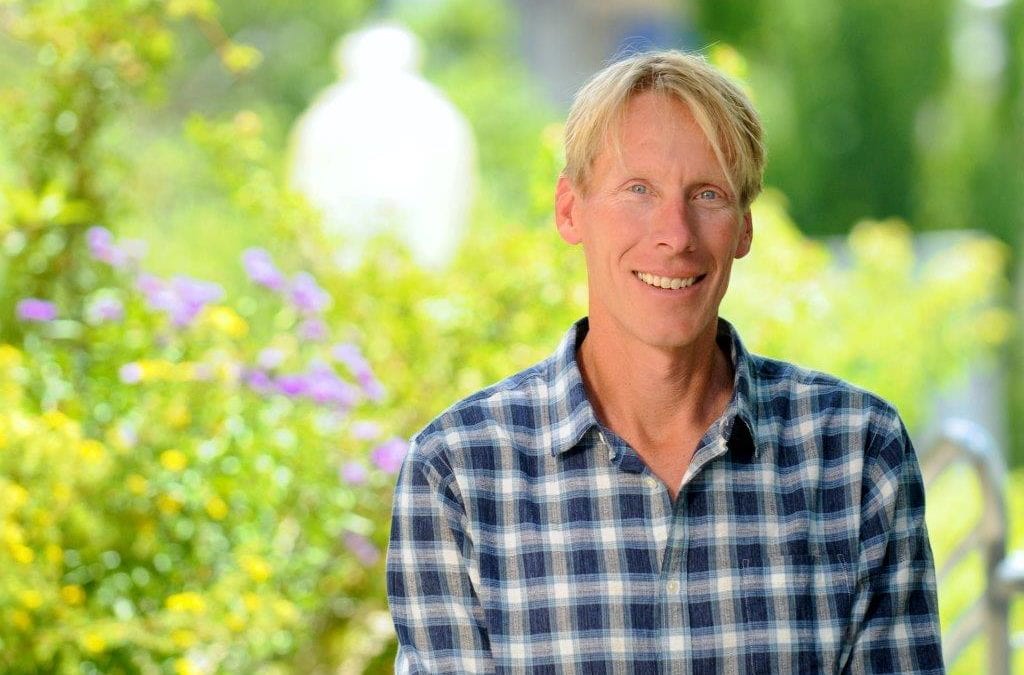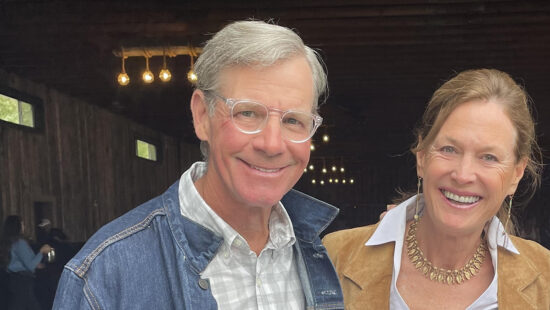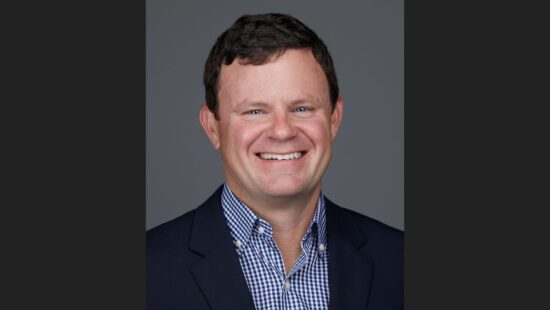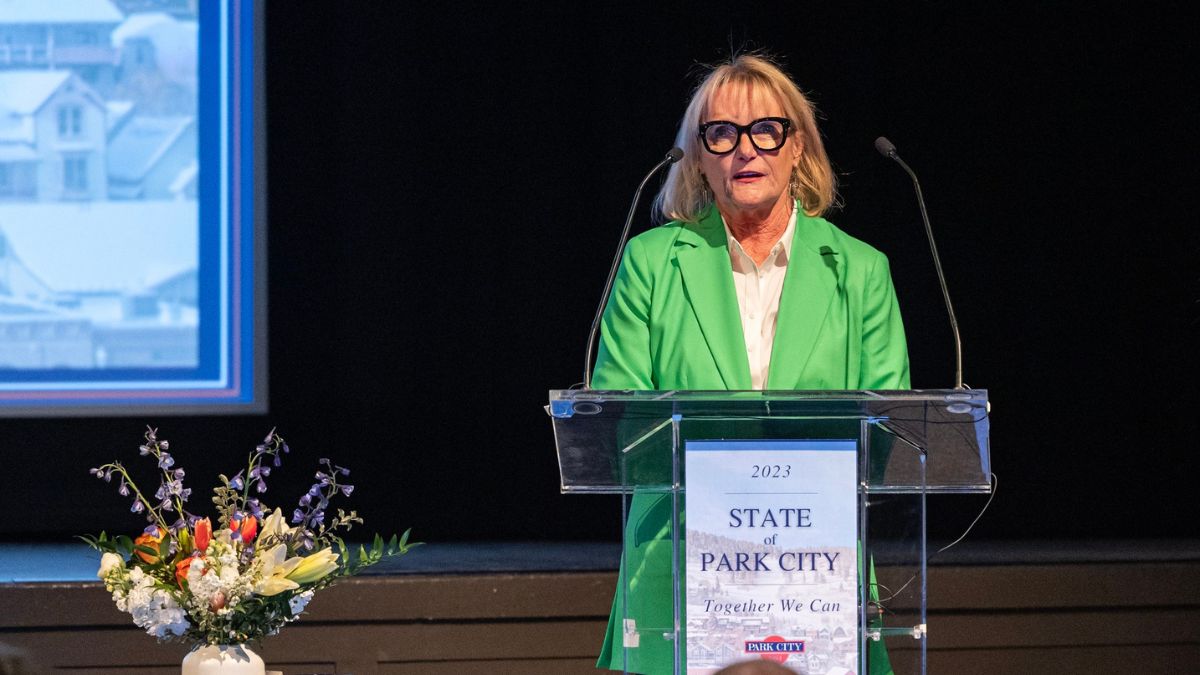News
Onward: Park City Mayor Andy Beerman Looks Ahead

Park City, Utah Mayor Andy Beerman. Photo: Photo: Jill Orschel
As he enters the final year of his term – and assesses one of the most challenging years in recent history for Park City – Mayor Andy Beerman sees lessons to take from 2020, along with a lengthy to-do list.
Beerman shared his thoughts this week on the challenges and opportunities Park City faces in the new year. Unsurprisingly, there is no way to plot 2021 without an accounting of the disaster that was 2020.
“We got hammered economically. I don’t think a lot of people understand how acute it was,” Beerman said.
While the shutdown and stay-at-home orders sparked an uptick in online shopping that boosted sales tax by 10% statewide, Park City’s tourism-dependent tax intake fell by 40%. Those numbers, of course, do not adequately capture the dire straits many locals found themselves in, particularly service-sector workers who often lack benefits and, without tips, may not earn a living wage in many cases.
Rapid response from the city, non-profits, and public-private partnerships became the order of the day – for the remainder of the year – as the pandemic forced a pivot from previous plans to addressing the community’s most urgent needs.
The hit was severe and will likely take a couple of years to rebound, he said. But with a vaccine rolling out and the pandemic’s end in sight, his attention can now turn to overseeing longer-term city goals and projects paused last year.
Beerman acknowledged that some projects in the pipeline must now be reimagined to align with a new economic landscape. One current order of business on the City Council agenda, the Park City Arts and Culture District, will likely move forward in a scaled-back form.
“We can’t afford to do everything we hoped to,” he said, citing skyrocketing construction costs that have doubled the project’s original estimates. “It’s back to basics time.”
Beerman remains happy the city was able to buy the five-acre parcel at Bonanza Drive and Kearns Boulevard and save it from “growth for growth’s sake.” The long-term goal of creating a more community-centered space that has year-round, non-climate-reliant appeal will significantly benefit the community, he said.
Also on the agenda is knitting together divergent opinions on making Main Street car-free. While residents favor the change, businesses such as coffee and souvenir shops and galleries are not thrilled at a potential loss to business. The pandemic gave the city a chance to ‘pilot’ a pedestrian-only zone, and lessons learned from that will aid in decision-making, Beerman said.
As any Parkite knows, all things traffic-related command attention. A new Park and Ride, called Quinn’s, will open by 2022 at the junction of 248 and 40. Beerman said still more parking is needed on the corridors into downtown. He called the resorts “really good partners” in traffic mitigation efforts through measures such as employee carpools and shuttles, but said that until they charge skiers and boarders to park, any increased usage of public transportation is unlikely.
Along with all the traffic comes a real estate market growing increasingly impenetrable, which has caused a human resources shortage that spans all sectors, from restaurant kitchens to doctors’ offices. Beerman said such problems aren’t unique, but are worsening.
The addition of 800 new housing units by 2026 would keep Park City at a 15 percent level of affordable housing, but “it’ll be a miracle if we hit 800 units,” Beerman said. “Solving problems that require cheap land is next to impossible. A lot of people say, ‘let the private sector deal with it.’ Governments and non-profits must coordinate to fix this.”
The economic impact of recent growth is a complex mosaic of gains and losses. Second homeowners moving here permanently pay much less in property taxes when Park City becomes their primary residence, since full-time residences are taxed at a lower rate than vacation homes.
But Park City real estate prices guarantee that people moving here have economic means, Beerman said; new residents have boosted the economy by eating out, buying art and furniture, and contributing significantly to sales tax coffers as they settle in.
The influx of new residents affects Park City’s logistics and character in addition to its economics.
“It’s always been a mountain town sport to talk about how these things are getting worse,” Beerman said. “It’s a paradox of mountain towns. Everything you do right makes it less affordable (to live in one).”
He added, “I think it’s important when you move here that you remember why you moved here,” he said.
The quirks and inconveniences related to mountain living are part of the fun and the vibe, he said; newcomers may find it easier to adapt to that rather than trying to alter Park City to previous experiences elsewhere.
Whether it’s letting hungry elk decimate a birdfeeder, watching moose nest in landscaping, learning bobcat awareness or letting employees follow ‘powder day rules,’ Beerman urged newcomers to keep in mind why they came, and to get as engaged in the community as quickly as possible.
Beerman’s term ends this year. Mayoral candidates do not pull papers until the first week of June, but he said he’s mentally preparing himself for a campaign.
“My wife is on board,” he said. “If you ask me today, I’m running.”
Appreciate the coverage? Help keep Park City informed.
TownLift is powered by our community. If you value independent, local news that keeps Park City connected and in the know, consider supporting our newsroom.



















